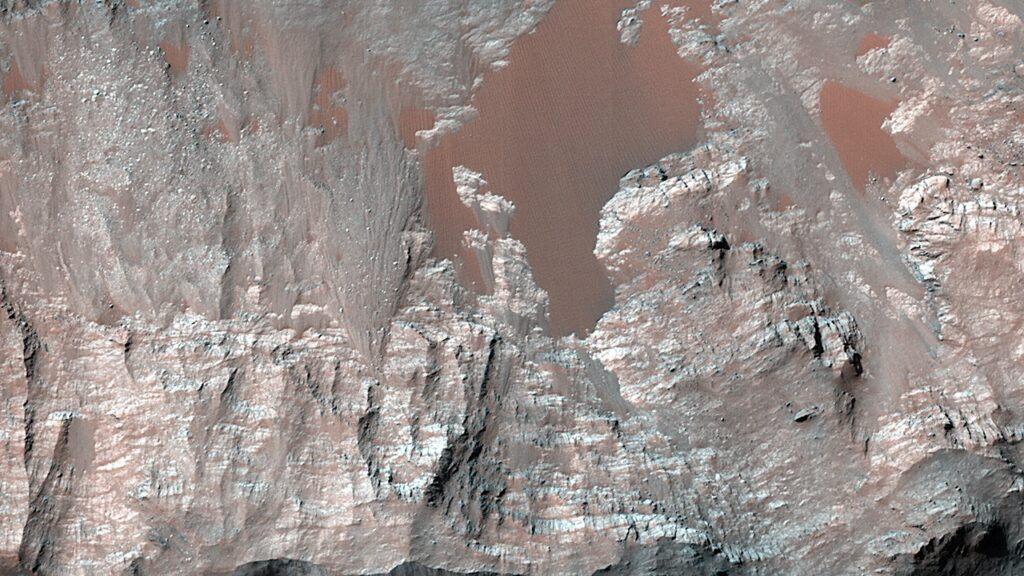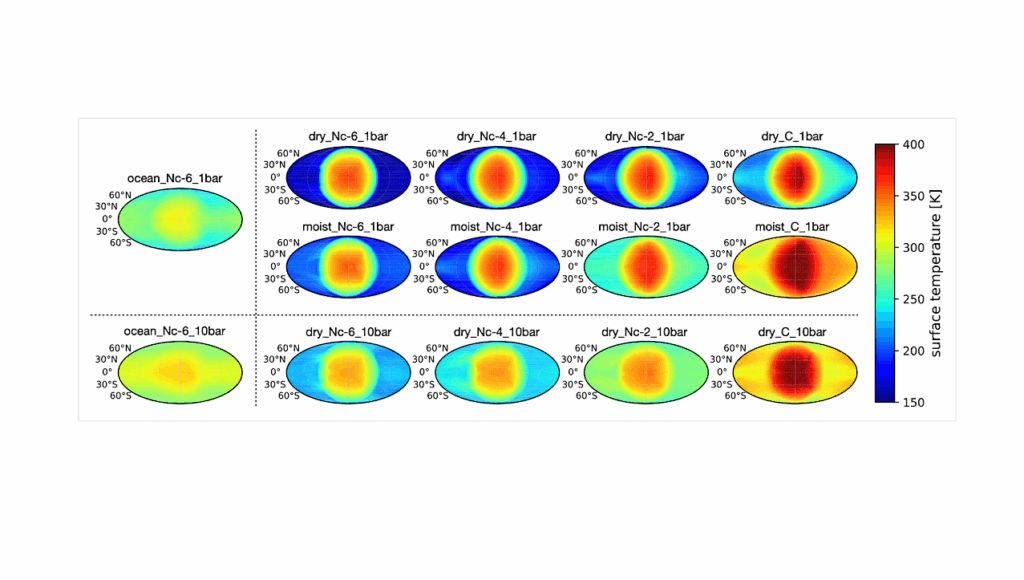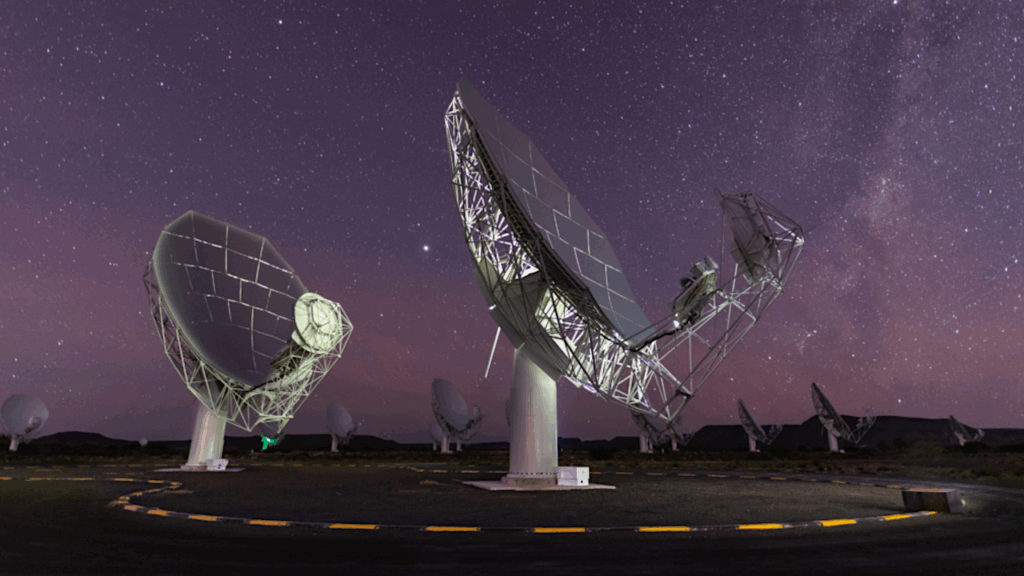Superhabitability Of High-Obliquity And High-Eccentricity Planets

Planetary obliquity and eccentricity influence climate by shaping the spatial and temporal patterns of stellar energy incident at a planet’s surface, affecting both the annual mean climate and magnitude of seasonal variability.
Previous work has demonstrated the importance of both planetary obliquity and eccentricity for climate and habitability, but most studies have not explicitly modeled the response of life to these parameters. While exaggerated seasons may be stressful to some types of life, a recent study found an increase in marine biological activity for moderately high obliquities <45∘ assuming an Earth-like eccentricity.
However, it is unclear how life might respond to obliquities >45∘, eccentricities much larger than Earth’s, or the combination of both. To address this gap, we use cGENIE-PlaSim, a 3-D marine biogeochemical model coupled to an atmospheric general circulation model, to investigate the response of Earth-like marine life to a large range of obliquities (0-90∘) and eccentricities (0-0.4).
We find that marine biological activity increases with both increasing obliquity and eccentricity across the parameter space we considered, including the combination of high obliquity and high eccentricity. We discuss these results in the context of remote biosignatures, and we argue that planets with high obliquity and/or eccentricity may be superhabitable worlds that are particularly favorable for exoplanet life detection.
Jonathan Jernigan, Émilie Laflèche, Angela Burke, Stephanie Olson
Comments: 14 pages, 7 figures, 3 tables
Subjects: Earth and Planetary Astrophysics (astro-ph.EP)
Cite as: arXiv:2303.02188 [astro-ph.EP] (or arXiv:2303.02188v1 [astro-ph.EP] for this version)
Journal reference: ApJ 944 205 (2023)
Related DOI:
https://doi.org/10.3847/1538-4357/acb81c
Focus to learn more
Submission history
From: Emilie Anne Lafleche
[v1] Fri, 3 Mar 2023 19:23:47 UTC (6,142 KB)
https://arxiv.org/abs/2303.02188
Astrobiology








